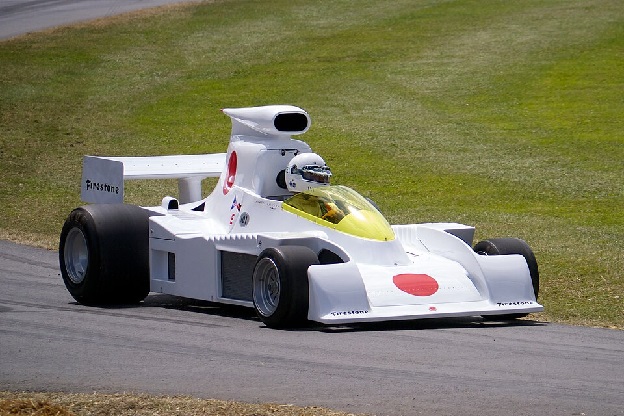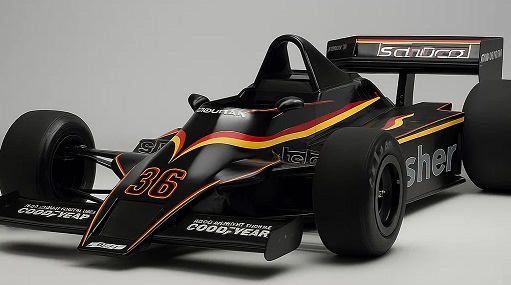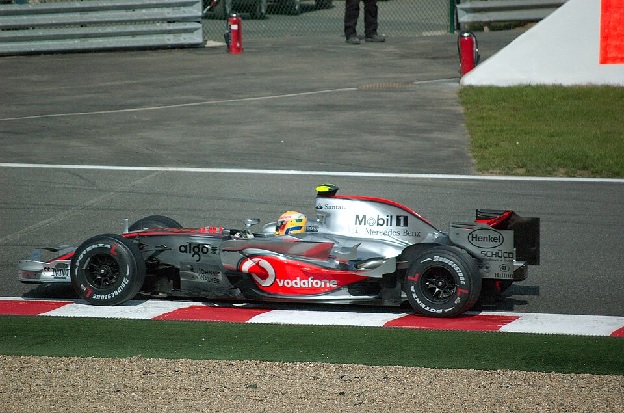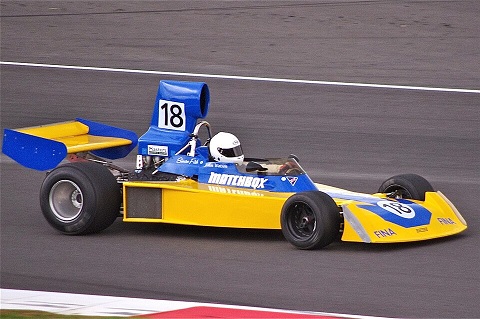Forget quiet countryside. Imagine earth-shaking thunder rolling across Weybridge. That’s not a storm. It’s Brooklands.
The very first place on Earth built for pure, unapologetic speed. Nearly three miles of raw, trembling ambition. Not just a track – a declaration of war against gravity and fear.
Feel That Concrete Under Your Feet?
This wasn’t just pavement. It was madness made solid.
Towering banks, taller than houses, curving up like frozen tidal waves – built so those sputtering early cars wouldn’t fly off into the fields. All because Hugh Locke King, a rich man with fire in his belly, was sick of racing being chased off public roads. He didn’t build a circuit. He built a temple to velocity.
Nine months. That’s all it took. Can you hear it? The screams of steam shovels, the curses of laborers, the sheer, sweaty arrogance of it all.
Where Courage Wasn’t Optional
For thirty glorious years, Brooklands was British racing’s heartbeat.
- Feel the G-force? Drivers clinging to flimsy steering wheels, pushing metal beasts through 24-hour endurance hell. Bones rattling, eyes burning.
- Hear that shriek? Kaye Don in 1929, hitting 137 mph. Unthinkable. Terrifying. Glorious.
- Smell the burnt oil? That’s defiance. Dorothy Levitt. Kay Petre. Women tearing up the rulebook decades before it was acceptable, leaving streaks of courage on that concrete. This place crackled.
Then… Look Up.
Same ground, new dream. That vast infield? It birthed wings.
Fragile biplanes stuttering into the sky, right where cars screamed minutes before. Same daring souls, just trading wheels for wings. Then war came. The thunder of engines morphed into the clang of hammers. By 1918, this playground was the UK’s biggest war machine factory. Bombers like the Vickers Vimy – born where racers once dueled – flew oceans. Later, Wellingtons rolled out, heroes built on holy ground.
The Day the Music Died: August 1939.
You can almost feel the heavy air that last race day. Drivers knew. Mechanics knew. The final flag fell. Silence.
Then the government moved in. The sacred banking? Ripped apart. Covered in factory slabs. That defiant roar replaced by the grim drone of war production. The soul of speed, sacrificed.
But Touch the Concrete… It Still Whispers.
Peace came. Racing moved to Silverstone. Brooklands lay wounded, forgotten by many… but never dead.
Go there now. Find the Brooklands Museum, tucked among scars and ghosts.
- Run your fingers over the old banking. It’s weathered, cracked, mossy. Feel the grooves? That’s history carved by desperate tires. That’s courage.
- Stand exactly HERE. Where Kaye Don flirted with death. Where Petre defied expectation. Where sweat and petrol mixed.
- Look up. See the Vimy? The Wellington? Touch their cold metal. Feel the weight of the dreams they carried?
- Listen… On rally days, ancient engines cough, splutter, then ROAR. Just for a moment… the ghosts race again. That trembling thunder returns. Tears well up. Every. Single. Time.
Brooklands isn’t history.
It’s concrete stained with courage, oil, and tears. It’s the echo of a scream against the sky. It’s where Britain learned to fly – on wheels AND wings.
It’s not a museum. It’s a heartbeat.
Go. Stand on the banking. Close your eyes.
You’ll feel it punch you right in the chest.
That’s Brooklands. Alive.




